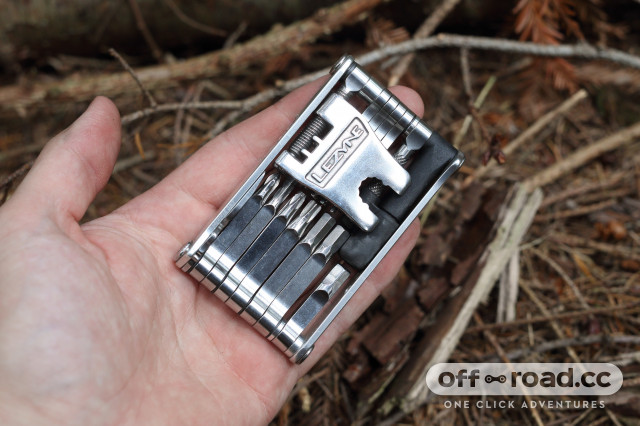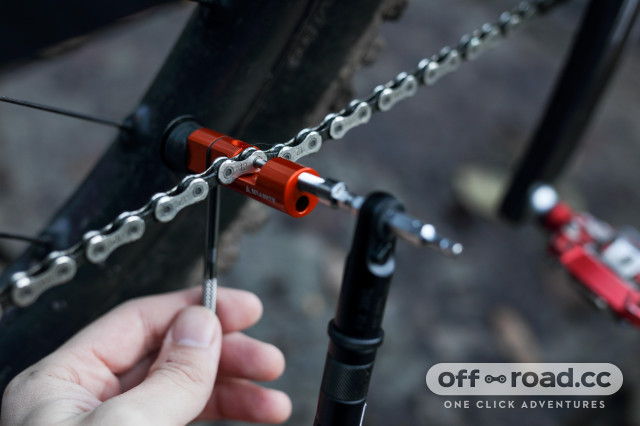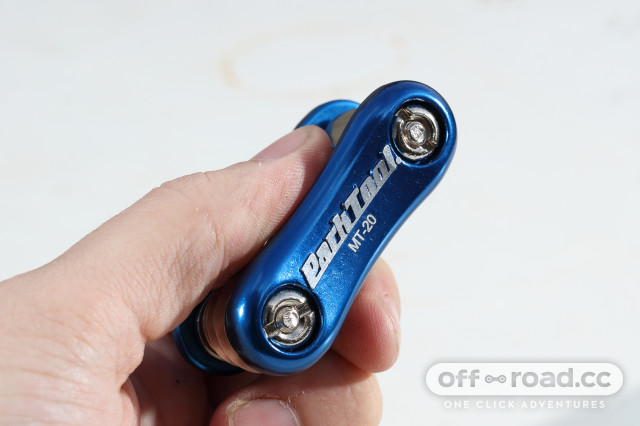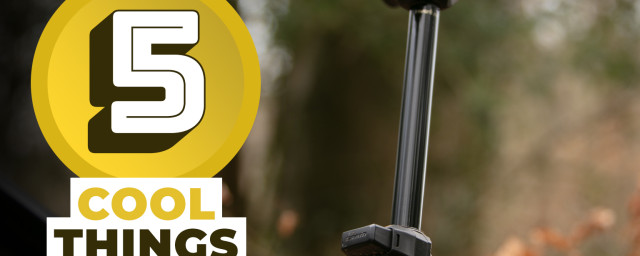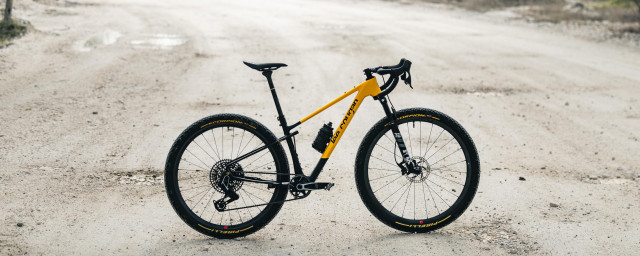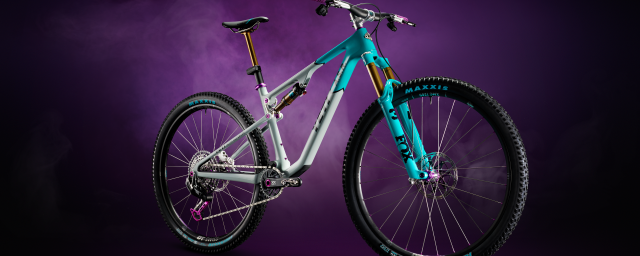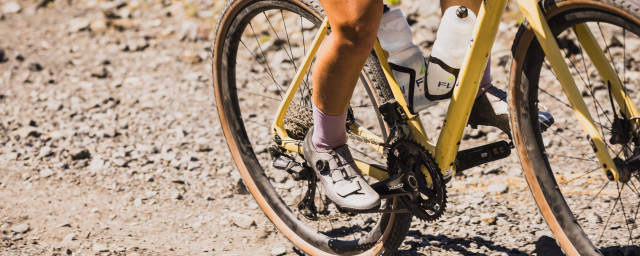Mountain bike multi-tools: everything you need to know
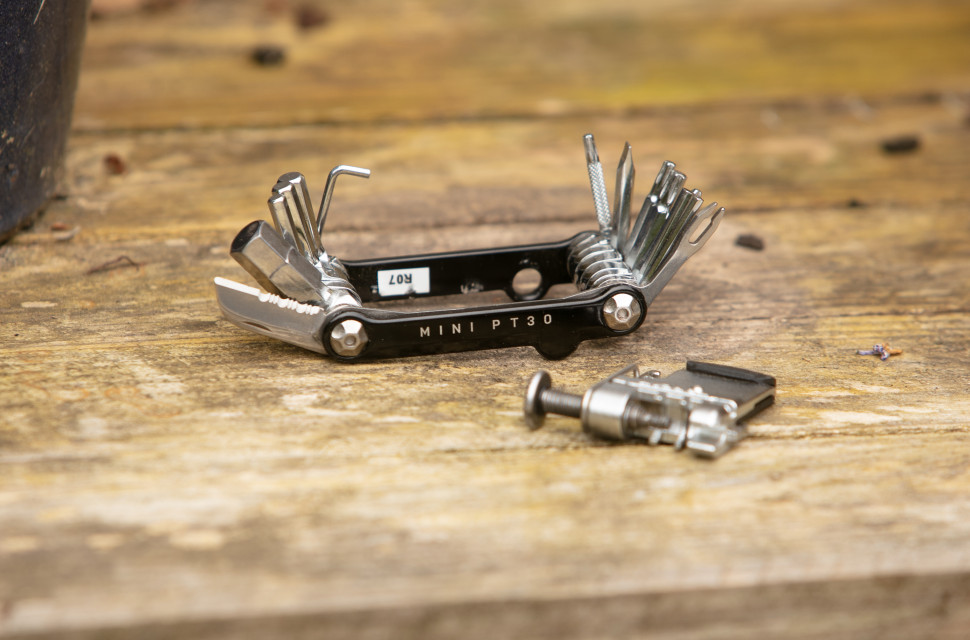
Mountain bike kit choice depends on preference, with your riding style influencing component choice and accessories selection.
- Is big travel necessary for UK trails?
- 7 trailside fixes every cyclist should know
- 11 tools every home bike mechanic should own
Endurance riders are more obsessed with lightweighting, while enduro riders desire robust components and accessories capable of withstanding severe singletrack conditions and long, tortuous, technical descents.
But with tool choice, it’s a lot less about personal preference and more about sheer technical utility and real-world solutions. When you must become your own trailside mechanic, after things go awry, tools are all about function, not fashion and the best bike multi-tool needs to be up for the challenge.
Rethinking how you choose the best bike multi-tool
All bike workshop tools are theoretically portable, but you can’t ride with a full set of wrenches, drivers and bits. That’s why industrial designers have been perfecting the mountain bike multi-tool over decades.
The Swiss Army knife comparison is often misused and applied to many things, but the mountain bike multi-tool is truly a Swiss Army knife product for riders. Simplicity is the ultimate sophistication, and with a mountain bike multi-tool, it’s all about packaging the most urgent tools into the smallest, lightest, safest and most corrosion-resistance design.
There is a fallacy with tools that are too compact because reach and leverage are important aspects of multi-tool functionality. And you usually only realise a tool is too short, or lacks the leverage you need, when it’s too late.
Don’t obsess too much about lightweight or compactness, because going smaller can diminish the reach and leverage utility of a tool.
Mountain bike multi-tools must balance the design requirements of being robust enough to leverage force when making adjustments, but light enough not to annoy a rider when pedalling along. Or descending.
Which tools and functions do I need?
Most multi-tool designs feature opposing tool bits in metal, secured with two embedded pins. For good reason, it’s remarkably similar to the proven Swiss Army knife design because it is an enduring and iconic example of a robust outdoor multi-tool.
But how much tool content do you require in a multi-tool? Are some tools bits more useful than others? Mountain bike trailside repairs can be very random. Slow-speed crashes and terrain impacts can happen at very acute angles, creating repair issues you could never imagine. That means the selection of tool types is never a perfect science, but you can apply some average distribution to your probable needs.
Mountain bike component designers follow a reasonably standardised bolt and screw selection, which means any multi-tool with 4, 5, 6, and 8mm hex bits, should solve most of your loosening and fastening requirements. If you choose a tool with additional hex keys, they’d be smaller, in the 2, 2.5, and 3mm sizes.
But do you need an equal number of Torx keys? Some brake brands use the star-shaped Torx key, which has six points of contact and provides superior resistance to slippage and stripping, compared to a conventional hex tool interface. Torx keys aren’t used broadly on mountain bike components, so you probably only need a T25 size, to deal with any Torx-related issue.
One of the most common emergency trailside repairs is mending a damaged chain. Therefore, you need to have a chain-breaker tool of some configuration in your multi-tool.
Multi-tools are a study in minimalism, but you can always hybridise your approach by taping one or two additional hex keys to your seat tube. Be careful, though, to not scratch the stanchion or carbon surface with negligent tool-taping if you have a carbon seat tube or run a dropper post.
Build material and construction type
Multi-tools should be along on every ride, which means exposure to moisture and environmental contamination during winter. Steel tool bits are required to prevent ovalising and stripping bolts or screws, especially hex head screws, but with steel multi-tool construction, there is a long-term risk of corrosion.
Chrome-plated vanadium steel tools have better corrosion resistance, but the rule is not to ignore the occasional cleaning of your multi-tool, especially allowing it to dry adequately after use on a muddy ride.
Some tools do come with clever neoprene pouches, but the truth is that multi-tools do get fumbled and dropped in the mud when riders try to do trailside repairs with gloved fingers. The best policy is to open a muddy tool’s bits after arriving home after use on a ride, rinse it gently, wipe off the surface mud, and let it dry.
Stainless steel multi-tools have an appealing blend of aesthetics, strength, and corrosion resistance, with the benefit of scratch resistance, too. And for riders who want the ultimate in metal mountain bike tools, there’s the choice of titanium.
What about plastic tools with metal bits?
Like frames, multi-tool design is a very mature aspect of mountain biking. However, the legacy Swiss Army knife concept is being challenged by a new approach, which solves many of the leverage, reach, corrosion, and crash safety issues associated with traditional multi-tools.
Pod tools look like a cigar case, and they are rather clever, appealing to the entire spectrum of mountain bikers, from endurance to enduro riders. A plastic pod unthreads, with various tool bits inside. You attach the tool driver to embedded magnetic eyelet mounts in the head or base of the pod tool, which creates adjustment leverage and reach that is often superior to even the largest traditional metal multi-tools.
Pod-type multi-tools have the lowest injury risk during a crash because of their rounded shape, elongated profile and plastic casing. With an o-ring in the thread, pod tools are also robustly moisture-sealed, preventing any corrosion of the bits inside.
Light, with lots of leverage, reach, and corrosion resistance, the pod tool makes sense for most mountain bikers. The Ryder Innovation Groove tool is an example of a pod tool that challenges conventional multi-tool design and has won a EuroBike Innovators’ award in the accessories category.
What should a rider look for in the best multi-tools?
How light does a multi-tool need to be? Most multi-tools are in the 120- to 180g range, and anything under 100g is considered ultralight. To create multi-tools below 100g, designers need to use cycling’s most exotic metal, titanium, reduce the number of functions or shrink the tool size.
A multi-tool under 100g in weight might appeal to gram-obsessed endurance mountain bikers, but they are also the riders most likely to suffer a mechanical, hours away from assistance, because of their exhaustive riding distances. Discovering that your ultralight multi-tool is missing that crucial function you might need, or lacks reach, can be galling when dealing with a mechanical in the middle of nowhere.
When selecting a multi-tool, remember that functions are superior to weight because it is no use having saved 50g and then being stranded with a repairable mechanical issue, and a multi-tool lacking what you need.
Smaller multi-tools might create less pocket bounce annoyance when descending, but they also lack the leverage, ergonomics and reach riders need for confident trailside repair.
A larger multi-tool has many benefits when reaching past a brake caliper or getting to a loose linkage bolt in a complicated rear-suspension configuration. And it's not only about reaching the adjustment or fastening contact point, but also about having adequate leverage on the tool bit to turn it.
Tiny multi-tools are great for adjusting settings like your brake lever reach or rear derailleur shifting screws, but they can struggle to fasten or loosen that crucial bolt or screw, which has become compromised due to a crash.
Integrated or non-integrated?
Crash safety is an issue that riders should be mindful of when choosing a multi-tool. Whether you carry it in a jersey pocket, as many endurance mountain bikers do, or in a back- or hip-pack, popular with enduro riders, the multi-tool can cause a nasty bruise or puncture injury if you land directly on it in a crash.
Mountain bike designers might try to round the edges of a metal multi-tool, but the impact forces of a crash will always create injury risk, regardless of a metal tool’s profile. The solution is to move multi-tool storage from the rider to the mountain bike.
Industrial designers have engineered three solutions for bike-mounted multi-tools, thereby preventing rider injury in a crash and protecting the tool from moisture exposure. A smart option is in your headset, sometimes with a spring-loaded cavity and top cap cover.OneUp Components and Specialized were early adopters of the steerer tube-mounted multi-tool.
Frame storage is the other option for riders who don’t want to carry a multi-tool on-person. Specialized’s SWAT downtube cavity has revolutionised how mountain bikers approach ride-on accessories and is being copied by other frame brands.
Integrated tools might not have fewer features than a conventional pocket multi-tool, but they are a smart solution for most. And you never suffer the annoyance of accidentally forgetting a tool at home or in the car.
Why a multi-tool isn’t a replacement for workshop tools
As we mentioned in the section on tool selection, when evaluating a multi-tool: it’s all about probable of use. You can’t ride with a workshop’s worth of tools in your backpack.
Tools with the size, fabrication quality, and leverage that mechanics use in a workshop aren’t portable for a ride. And that’s why the multi-tool should never become a substitute for workshop-grade tools when doing home maintenance.
Don’t make the mistake of working on your bike with a multi-tool, instead of a proper toolset. It will only lead to frustration, bruised knuckles, and potentially ruined fasteners or over-clamped components. Multi-tools are for emergency trailside repair, never for dedicated bike maintenance.

